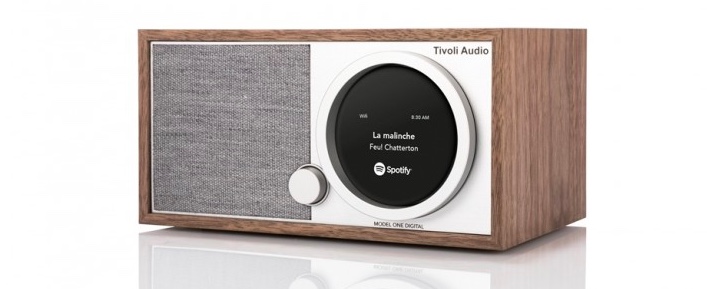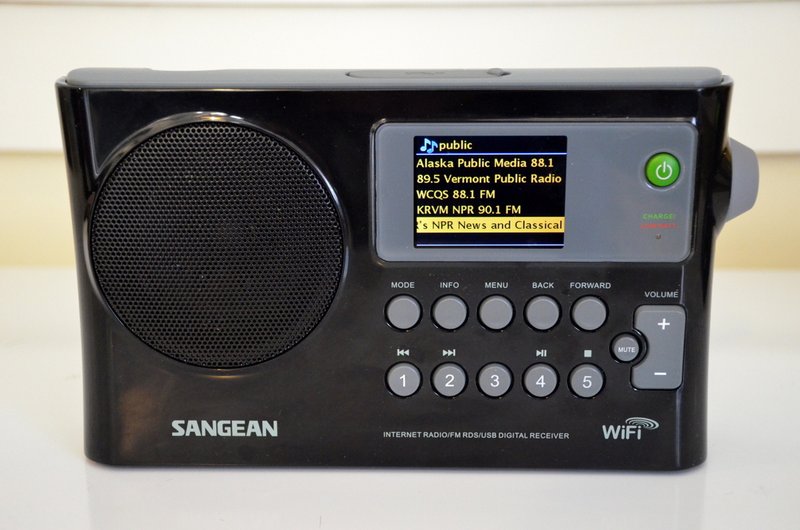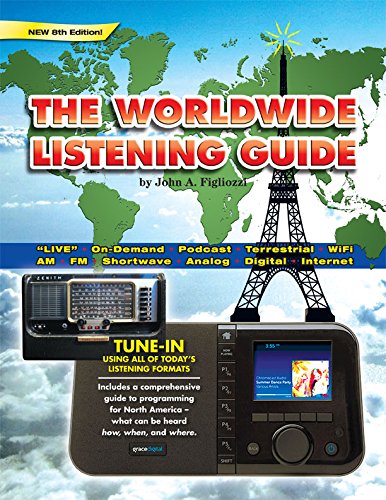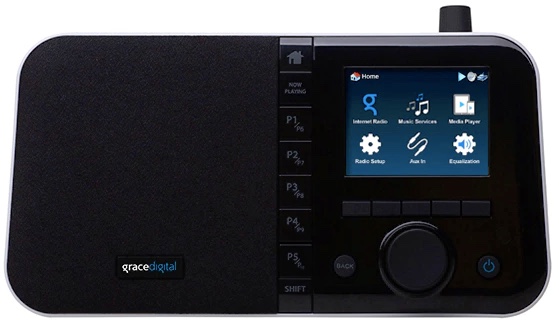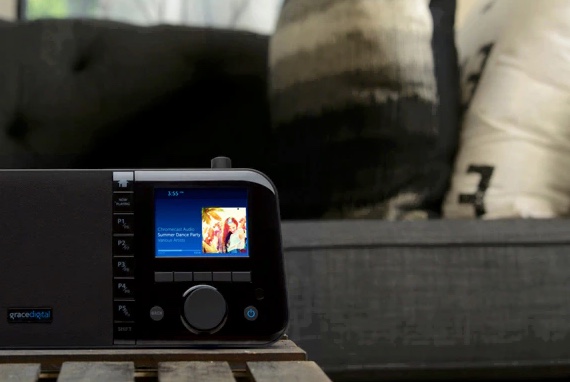(Source: The Guardian via Larry W)
Insomniacs across the world give the nod to John Watson, who has ambient music producers queueing up to feature on his channel
John Watson is the first to admit that his DJ skills put people to sleep. Luckily for him, that is the point.
For the past four years Watson, who lives in the tiny New Zealand township of Te Aroha, has been broadcasting to the world. But instead of seeking an engaged listenership, Watson wants those who tune into his station to literally fall asleep. And they do.
People from as far away as Afghanistan, Israel, Russia, Hungary, Taiwan and Puerto Rico log on to Watson’s station Sleep Radio. Someone in Prague has been listening for three days straight.
The idea of a radio station that sends listeners to sleep came to Watson after he had a heart attack 10 years ago. Following five coronary artery bypasses he began to suffer from chronic depression and insomnia.
“I never used to have trouble going to sleep but now I was lying awake watching the sun rise and feeling like a zombie,” he said.[…]
Click here to continue reading the full article at The Guardian online.
Click here to to check out Sleep Radio’s website and listen to their streaming audio.
Listen to Sleep Radio via TuneIn Radio by clicking here or via the embedded player below:



